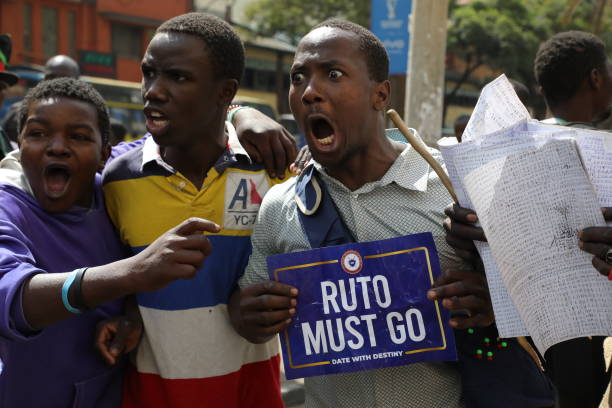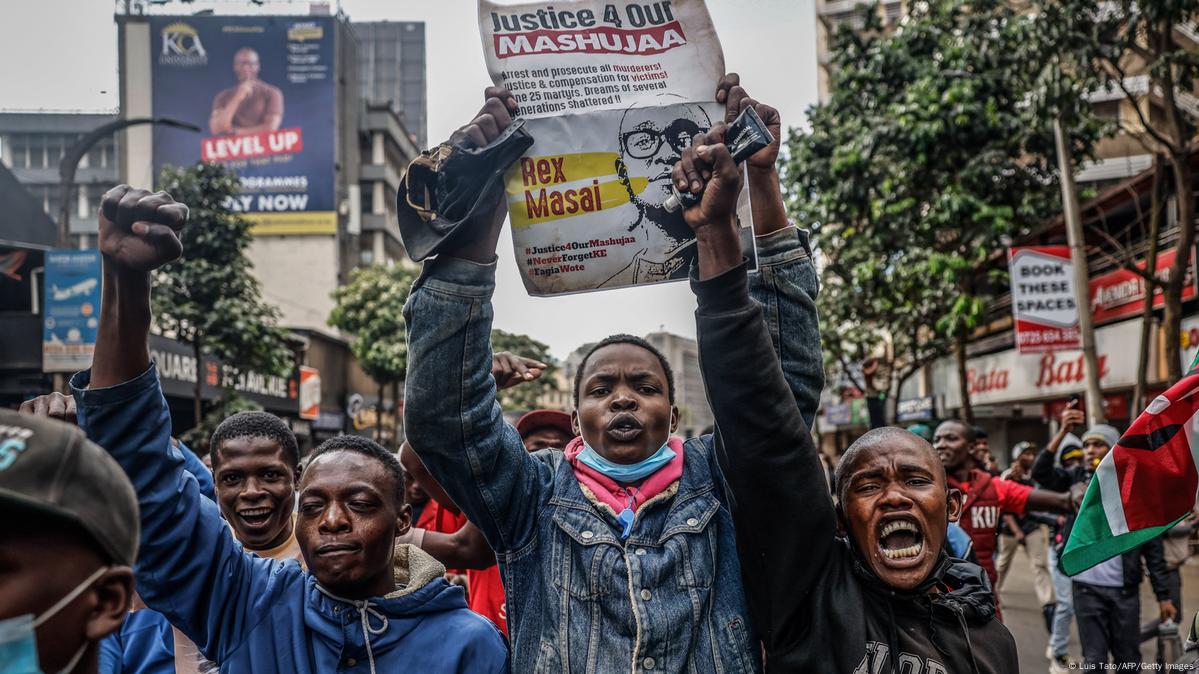A Kenyan High Court has intervened to suspend a controversial government order to all television and radio stations to cease live coverage of ongoing demonstrations across the country.

 So far, no fewer than eight people have been killed and 400 injured as thousands took to the streets in a day of protests across Kenya against President William Ruto’s government.
So far, no fewer than eight people have been killed and 400 injured as thousands took to the streets in a day of protests across Kenya against President William Ruto’s government.
Police clashed with protesters in the capital Nairobi and other cities exactly a year on from the wave of deadly anti-government demonstrations that hit the nation in 2024.
Many of those demonstrating chanted “Ruto must go” and waved branches as a symbol of peaceful opposition to his rule.
Earlier, the Communications Authority of Kenya issued a directive (Ref. No. CA/CE/BC/TV 90A), citing Articles 33(2) and 34(1) of the Constitution and Section 461 of the Kenya Information and Communications Act.
The authority argued that broadcasting the protests posed a threat to national order and contravened existing legal provisions. It warned media houses of regulatory action should they fail to comply.

However, local media editors rejected the order outright and publicly demanded that the government withdraw the directive immediately, framing the move as an attack on press freedom and constitutional rights.
In response to a petition filed by the Law Society of Kenya, the Milimani High Court issued urgent orders suspending the directive. Justice E.C. Mwita, presiding over the matter, ruled that the petition raised significant constitutional questions regarding the right to information and press freedom.
The court emphasized the urgency of the matter and directed that all pleadings be served via email due to time sensitivity. Furthermore, the judge ordered that any broadcasting signals that had been disrupted as a result of the directive be restored immediately, pending further court orders.
This intervention by the judiciary has been widely hailed by legal experts, civil society, and the media as a pivotal affirmation of the rule of law in Kenya. The matter is set for further directions on July 2, 2025.
Ruto urged protesters not to threaten peace and stability, as crowds tried to reach his official residence but were pushed back by police.
“Protests should not be to destroy peace in Kenya. We do not have another country to go to when things go wrong. It is our responsibility to keep our country safe,” he said.
The president was speaking at a burial ceremony in the coastal county of Kilifi.
His absence from State House, his official residence, was notable as young protesters threatened to storm it.
Police used barricades and razor wire to seal off major roads – especially those leading to State House and parliament.
The authorities have not yet given any casualty figures from Wednesday’s protests, but the Kenya Medical Association, Law Society of Kenya and the Police Reforms Working Group said in a joint statement that at least eight protesters were killed.
Of the 400 injured, 83 required “specialised treatment” and eight had suffered gunshot wounds. The injured included three police officers, the statement added.
A human rights group – Amnesty Kenya – put the death toll as high as 16.
BBC


